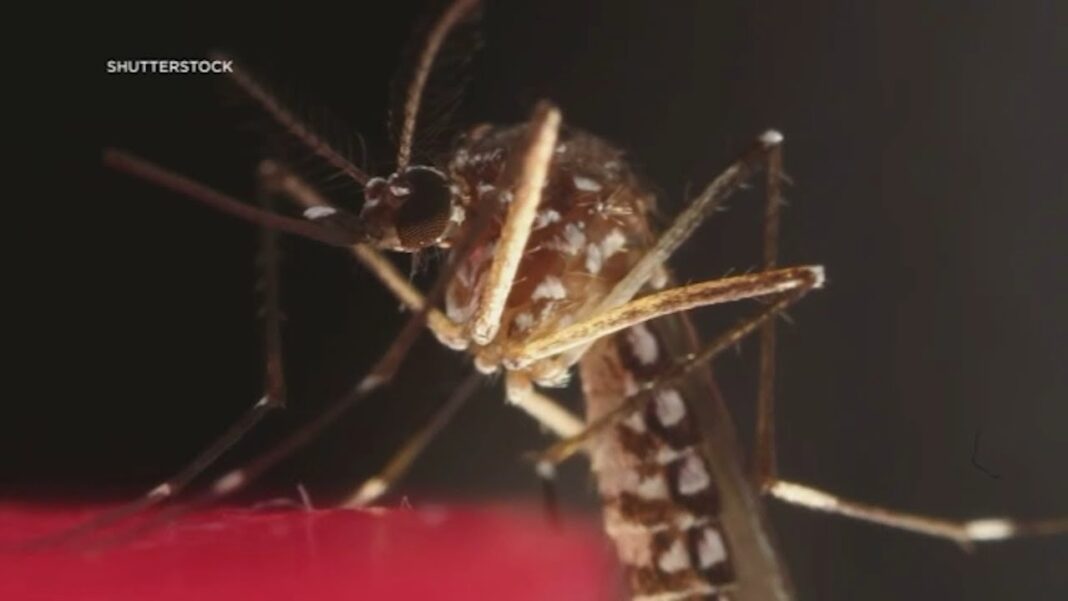The Department of Health and Human Services said the case poses a ‘very low’ risk to public health in the United States.
The first human case of the flesh-eating screwworm parasite has been detected in the United States, involving an individual in Maryland, the Department of Health and Human Services (HHS) said on Aug. 25.
The person was discovered to be infected with the New World screwworm parasite after returning to Maryland from El Salvador, HHS spokesperson Andrew Nixon told The Epoch Times in an emailed statement.
Nixon said the Centers for Disease Control and Prevention worked with the Maryland Department of Health to investigate the case and confirmed the infection on Aug. 4 through telediagnosis.
“This is the first human case of travel-associated New World screwworm myiasis (parasitic infestation of fly larvae) from an outbreak-affected country identified in the United States,” the spokesperson said.
Nixon said that the case posed a “very low” risk to public health in the United States. Information about the patient’s condition or symptoms was not immediately available.
The Maryland Department of Health did not respond to a request for comment by publication time.
Screwworms are known to infect livestock, wildlife, and, in rare cases, humans. Screwworm fly maggots burrow into the skin of living animals and can sometimes inflict serious or fatal damage.
The CDC stated on its website that people who travel to South America and the Caribbean with an open wound are at higher risk of becoming infested.
Signs and symptoms of screwworm infestations include irritated behavior, head shaking, a decaying odor, and the presence of maggots, or fly larvae, in wounds, according to the U.S. Department of Agriculture (USDA).
“NWS infestations are very painful. If you have an NWS infestation, you may see maggots (larvae) around or in an open wound. They could also be in your nose, eyes, or mouth,” the CDC stated on its website.
“Wounds as small as a tick bite may attract a female fly to feed and lay her eggs. One female can lay 200–300 eggs at a time and may lay up to 3,000 eggs during her 10- to 30-day lifespan.”






